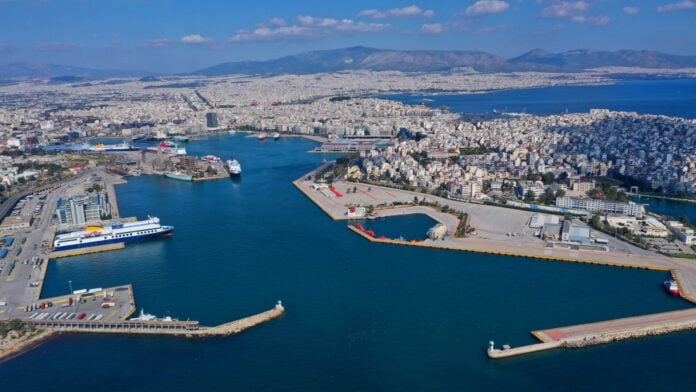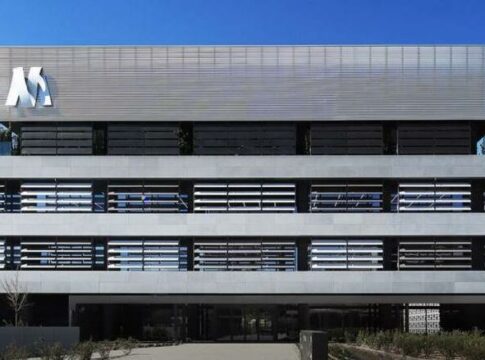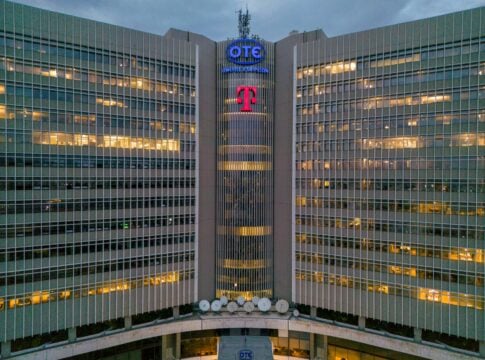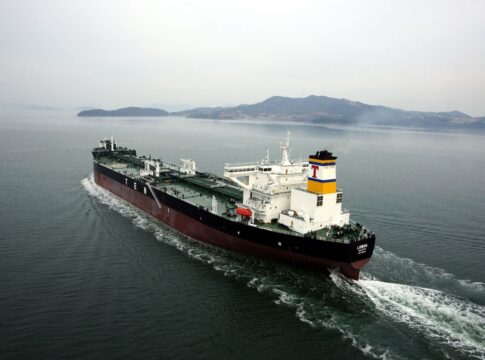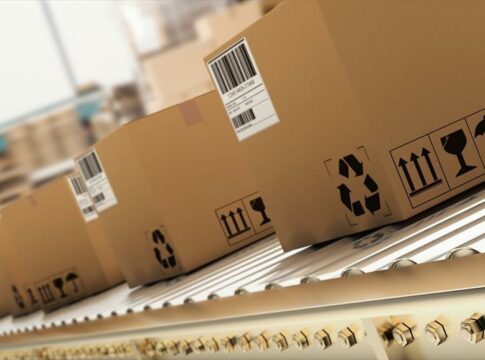The lack of infrastructure in ports makes it difficult for ships to adopt CO2 capture and storage technology. This particular technology is considered to be one of the leading in terms of the intermediate stage of shipping decarbonisation.
Although the technology exists, the low readiness of ports is a major barrier that hinders the adoption of on-board carbon capture and storage (CCS) as a viable decarbonisation solution, according to a research by the Global Center for Decarbonisation in Shipping (GCMD), in collaboration with Lloyd’s Register and ARUP.
According to the research, port infrastructure needed to unload, store and transport liquefied CO2 on board ships will likely need to be integrated into these projects to achieve economies of scale.
However, it is pointed out that many of the projects have not reached a final investment decision (FID) and the ports, in these areas, have not proceeded with investments for unloading infrastructure.
Carbon capture and storage on ships is steadily gaining ground as a potential interim solution to help international shipping meet IMO emission reduction targets.
Achieving a reduction in emissions through these systems depends on the successful integration of a system compatible with the ship (depending on the availability of suitable free spaces), while equally important is the unloading of CO2 with the simultaneous establishment of methods for its utilization.



